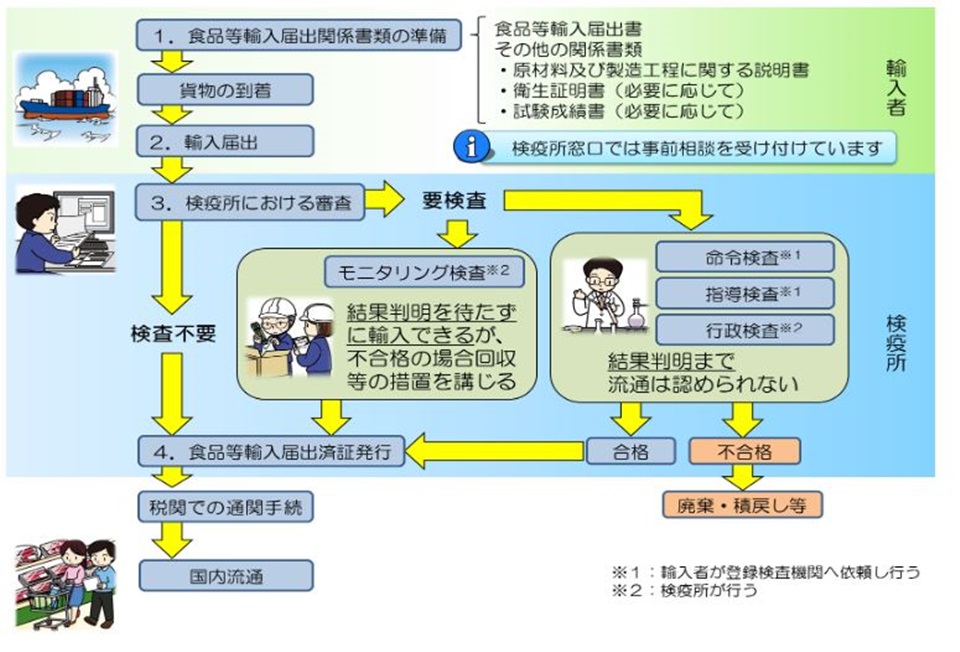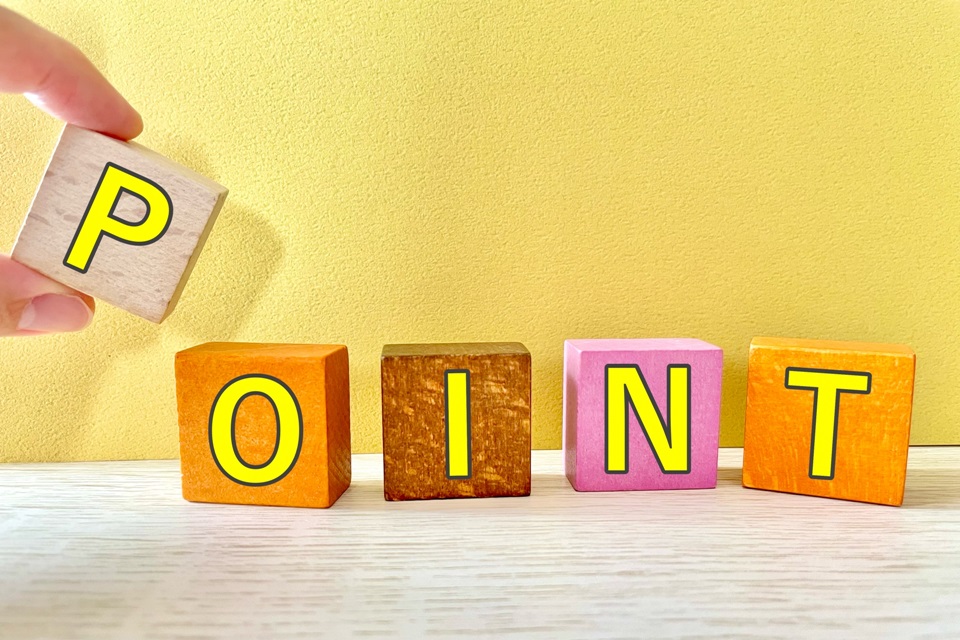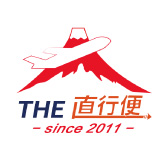【5/12~5/31限定】新規登録でお得なクーポンゲット!

5月12日~5月31日の期間中、新規登録いただいた方に、今すぐ使えるお得なクーポンをプレゼント!
【クーポン内容】
・税込5,000円以上のご注文で500円OFF
【対象商品】
・CKB Choice全商品
※クーポンは発行から14日間有効
※お一人様1回限りご利用いただけます
※他のクーポン・キャンペーンとの併用不可
このチャンスをお見逃しなく!

It seems that there aren't many food imports from China, but tableware is cheap to purchase and there are many products with designs that are not found in Japan, so I think there are many people who want to import and sell them.
However, tableware is subject to the "Food Sanitation Law" when it is imported as it comes in contact with food and the mouth.
For this reason, when importing tableware not only from China but also from overseas, it is necessary to submit a notification to the quarantine station in advance.
If you import without knowing this, it will be caught at customs, and in some cases it will be disposed of or reshipped, resulting in a large loss in business.
In this article, for those who are thinking about importing tableware and those who are not familiar with the Food Sanitation Act, I will explain the outline and import flow.
目次

The Food Sanitation Law was enacted in 1947 to protect food safety and public health.
The supervising ministries are the Ministry of Health, Labor and Welfare and the Consumer Affairs Agency, and food, additives, equipment, containers and packaging, toys for infants, etc. are subject to regulation.
Tableware is included in equipment, and equipment includes tableware, cooking utensils, food manufacturing machines, food storage containers, and parts of equipment.
Because equipment and containers and packaging are used in direct contact with food, there is concern about food contamination due to the elution of heavy metals and chemical substances contained in them.
In addition, toys for infants are likely to be eaten by young children, so it is checked whether there are any problems with the product materials for toys specified by the Ministry of Health, Labor and Welfare.
For tableware, there are "standards" that define the allowable values for each material, and they are divided into "general standards" and "material standards".
Dishware is usually standardized, but Material standards apply to ceramic, glass, and enameled products. (For details, you can check the related site from the link below.)
Therefore, when importing tableware, it is necessary to check the material of the product in advance and compare it with the applicable standards to determine whether the product can be imported.
For preliminary research, we asked our supplier for It is necessary to order materials and catalogs that provide information such as material, shape, capacity, color pattern.

The following are representative items that are subject to the Food Sanitation Act and that are to be imported and sold.
If you intend to import these items for the purpose of selling or using them in your business, you need to notify customs in advance. Then, inspections are conducted at the quarantine station, and inspections are required depending on the product.
However, prior notification to customs is not required in the following cases.
However, when importing tableware for the first time,
"Does this product fall under the Food Sanitation Act?"
"What documents are required for notification?" >
I think there will be a lot of things you don't understand.
Including such things, it is important to investigate the possibility of selling in Japan before purchasing and clear up any doubts. If the product arrives and is inspected, it cannot be sold.
The contact point is the food inspection section of the 24 quarantine stations nationwide.
You can move to the list of telephone counseling agencies from the following, so please use it as necessary.
Quarantine Station Telephone Counseling Agencies List
Here, let's take a closer look at the flow of procedures when actually importing tableware according to the diagram below.

Prepare the following items as notification documents when importing tableware by the time the cargo arrives.
* The "hygiene certificate" in the diagram above is required for food imports and is not required for tableware.
The test report is issued after the inspection of the products made of materials that require self-inspection upon importation. As will be described later, there are two methods for self-inspection, one is to undergo inspection after the cargo arrives, and the other is to undergo inspection first, obtain a test report, and attach it to the notification form.
There are materials for which individual specifications and standards are established for fixtures, and whether or not self-inspection is necessary depends on the material of the product as follows.
* However, self-inspection is required if coated
In addition, if the hand is made of the same material but has a different shape, such as a cup or a plate, it is necessary to undergo an inspection for each. Different colors and patterns are also recognized as different specimens, so care must be taken.
Along with the arrival of the product, we will submit a set of notification documents in advance as follows.

When the cargo arrives, the food inspection section of the quarantine station will examine whether inspection is necessary based on the notification documents.
The main contents of the examination are as follows.
As a result of the examination, if it is determined that an inspection is necessary, the appropriate inspection will be carried out according to the instructions of the quarantine station.
The inspections required by the quarantine station are broadly divided into those conducted by the quarantine station and those conducted by the importer, and there are four types of inspections in total.
① Inspection conducted by the quarantine station (cost: paid by the government)
・Monitoring tests
It is a regular inspection conducted by the country based on the annual monitoring guidance plan. It will be a sampling inspection from the cargo. It is possible to pass through customs and distribute the cargo even during the inspection period, but if it is judged to be unsatisfactory, it will be obliged to withdraw the product from the market.
・Administrative inspection
This is an on-site inspection conducted by the government in addition to the monitoring inspection. This is a confirmation inspection that is conducted as necessary when importing for the first time, when a violation of the Food Sanitation Law is found, or when an accident occurs during transportation.
② Inspection conducted by the importer (cost: borne by the importer)
・Inspection command
When the Minister of Health, Labor and Welfare determines that there is a high possibility of violating the Food Sanitation Law, it is a measure to order the importer to conduct an inspection based on Article 26, Paragraph 3 of the Food Sanitation Law. Inspection by a government-designated inspection agency is required, but there are not many examples of tableware, and it is often implemented for food.
・Guidance inspection (self-inspection)
In this inspection, guidance is received from the government regarding items required for initial imports and regular imports. There are many cases where import sales of tableware are implemented, so the details will be described later.
Until inspection results are obtained, the goods cannot be cleared through customs and received, and the goods will remain in the bonded warehouse.

There are two types of self-inspection methods for tableware as follows.
This is an inspection that picks up products for inspection from the actual cargo that has arrived.
After submitting an "Application for Permission to Take Out Samples" to customs and obtaining permission, the samples will be sent to an inspection agency to be inspected to see if any harmful substances are detected.
Because the cargo stays during the inspection, warehousing fees will increase.
If the inspection result is unsatisfactory, it will be discarded or reshipped, so we recommend that you avoid purchasing a large amount suddenly and build a track record by importing a small amount for the first time.
Once you create an import record, it is convenient because you can reuse the initial test report for a certain period of time (one year for tableware) for the same product.
This is a method of pre-inspection before importation at an institution listed in the list of public inspection institutions in overseas exporting countries registered with the Ministry of Health, Labor and Welfare.
Because it is handled in the same way as the test results carried out by the Ministry of Health, Labor and Welfare registered inspection agency based on the Food Sanitation Act, there are the following merits.
As a point of caution, the test report and the notified cargo must be the same, and the test report must include the manufacturer's name, importer's name, name, brand name, etc.
Until 2009, there was a system called "Preliminary Sample Inspection" in which samples were inspected in advance at a domestic inspection agency and a test report was issued, but it has been abolished.
Currently, pre-inspection by an overseas public inspection agency approved by the Ministry of Health, Labor and Welfare is recommended as a system to simplify and expedite the import notification procedure for foods, etc. (For details, see the reference site below.)

When importing tableware, it is necessary to submit a notification every time.
However, if you import the same product on a regular basis, you can omit the self-inspection according to the assigned number by registering the product using the initial test report.
Item registration can be used at quarantine stations nationwide, not just at the quarantine station where the product was registered.
In the case of tableware, as long as there is no change in the manufacturer, material, coloring agent, manufacturing method, etc., once the item is registered, the validity period is not particularly limited, so it is very convenient.
However, since product registration is done on an importer basis, even the same product cannot be used if the importer changes.
Even if you receive the imported tableware without incident, please be aware that there are restrictions at the time of sale depending on the material of the product as described below.
Plastic tableware falls under the category of "equipment for eating, dining or kitchen use" in the "Quality Labeling Regulations for Synthetic Resin Processed Products", so the material resin and heat resistance temperature must be indicated.
Glass tableware is stipulated in the "Miscellaneous Industrial Product Quality Labeling Regulations", so it is necessary to display the product name, heat resistance temperature, handling precautions, etc.

When importing tableware for the purpose of sale or business use, it is subject to the Food Sanitation Act. It is obligatory to submit an import notification form each time the subject import cargo is imported.
There may be a lot of things you don't understand at first, so it's a good idea to consult in advance at the nearest Quarantine Station/Food Inspection Division consultation service and check the details.
Because it is subject to self-inspection at the time of the first import, it is necessary to conduct a test at an inspection agency. However, if the inspection is performed after the cargo arrives, the product will be discarded or reshipped if it fails.
The larger the amount purchased, the greater the damage, so it is wise to start by importing a small amount to create a track record. If you purchase the same product on a regular basis, you can reduce the risk by registering the item and importing it.
In addition, it is possible to avoid self-inspection at the time of import by conducting an inspection in advance by a foreign government agency and attaching the test results to the notification form. In this case, the length of time cargo stays in the bonded warehouse can be shortened, leading to cost savings.
In this way, importing and selling tableware takes time and effort to inspect, so there tends to be relatively few people working on it.
However, there is a system that simplifies and expedites the notification procedures and inspections, so if you get used to it, you may be able to earn efficiently in a market with few rivals.
butTherefore, tableware is well worth working on as an object of import business.
If you find it difficult to handle the procedures and inspections related to tableware yourself, you can leave it to an import agent.
Our "THE direct flight" is a professional of such import procedures, so please feel free to contact us anytime if you are interested.

Until the end Thank you for reading!

5月12日~5月31日の期間中、新規登録いただいた方に、今すぐ使えるお得なクーポンをプレゼント!
【クーポン内容】
・税込5,000円以上のご注文で500円OFF
【対象商品】
・CKB Choice全商品
※クーポンは発行から14日間有効
※お一人様1回限りご利用いただけます
※他のクーポン・キャンペーンとの併用不可
このチャンスをお見逃しなく!
Please feel free to contact us.
080-6583-7346
Reception hours: Weekdays:10:00~17:00
Try to consult online
Reception hours: Weekdays:10:00~18:00
For any questions or concerns regarding THE CKB service, please contact us here.
Thank you, we have exceeded 35,000 system users! Smooth process from product selection to ordering and shipping!
